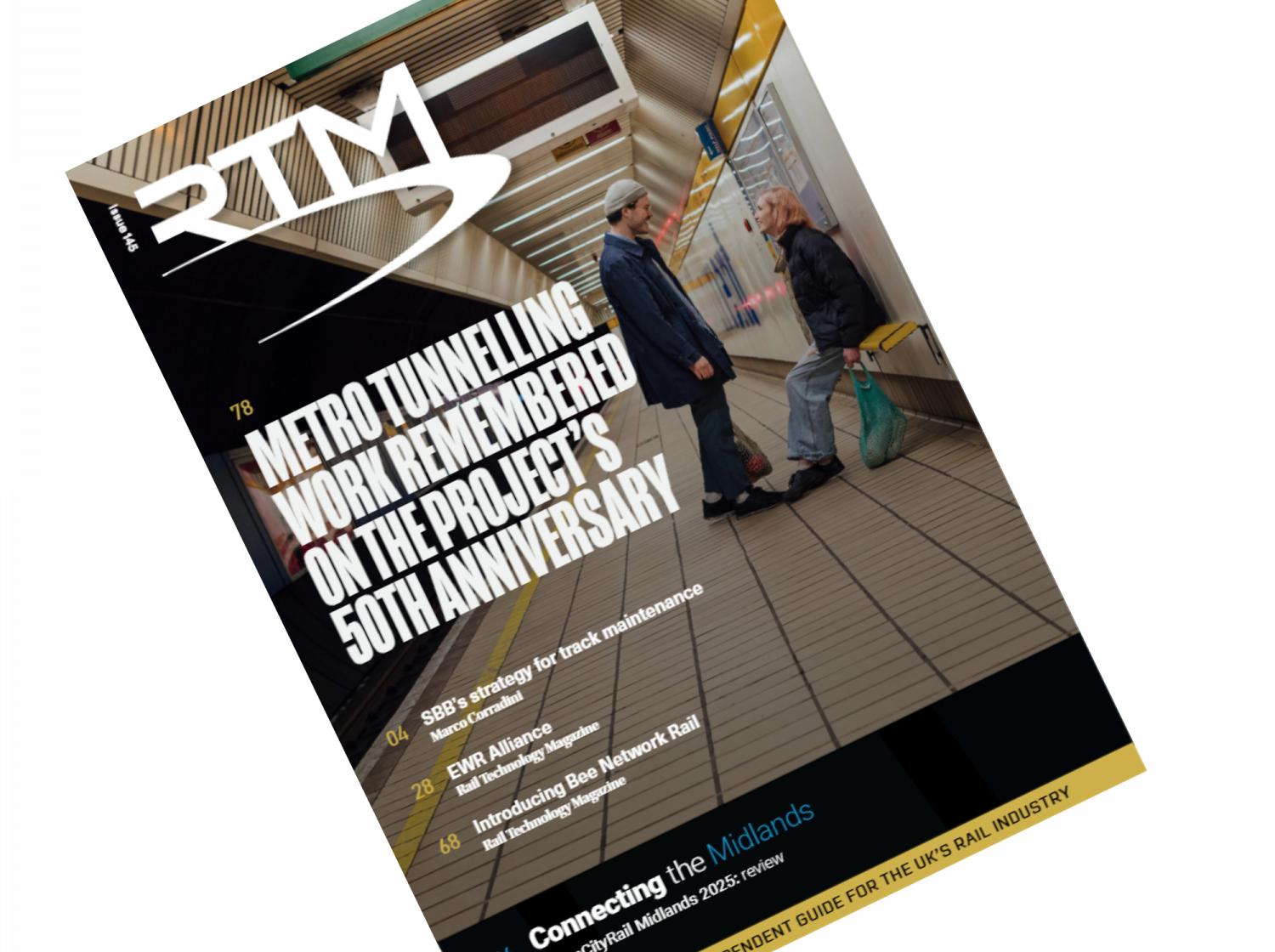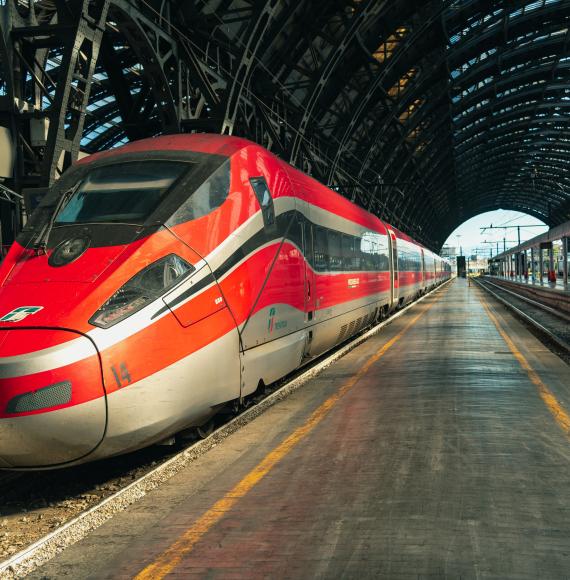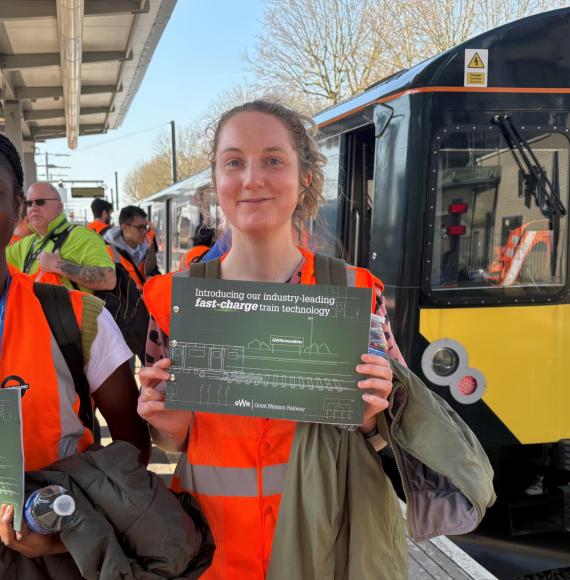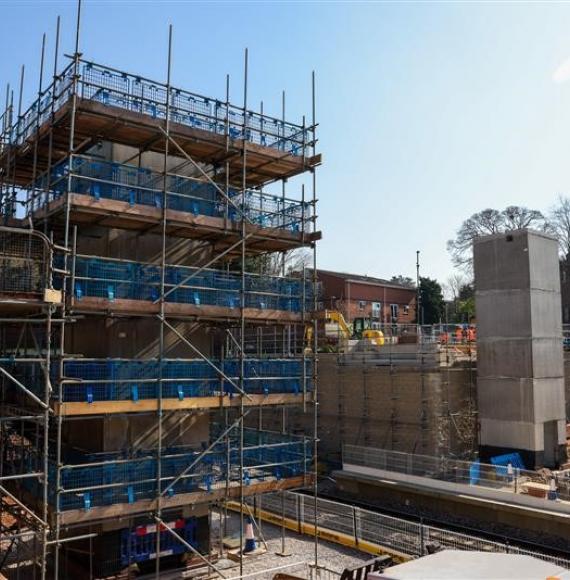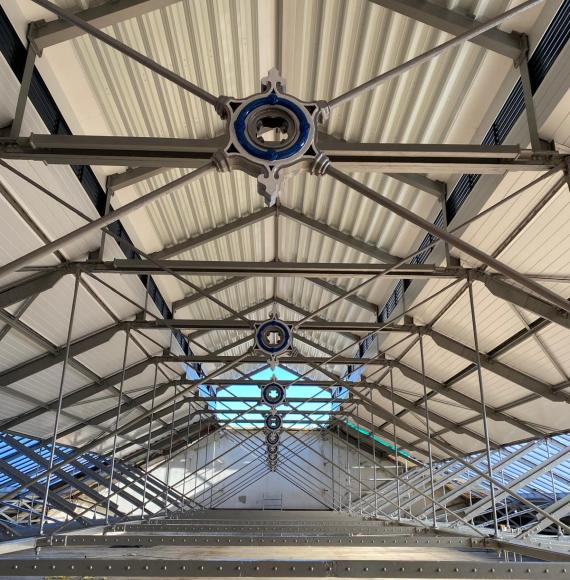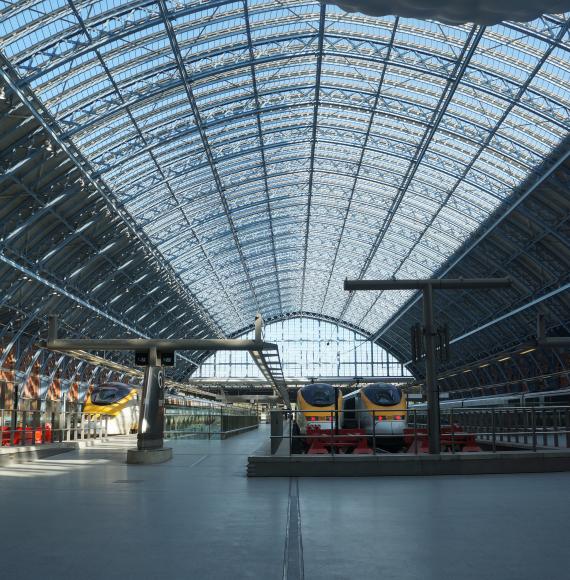One of the country’s most picturesque rail routes has been protected from landslips, with new drone footage recently released revealing its beauty.
The preventative works are set to secure future journeys for passengers and freight and make up part of a £1.3m investment by Network Rail, acting as an extension of the Great North Rail Project to secure a railway cutting on the Settle to Carlisle line.
Olivia Boland, Network Rail's Scheme Project Manager, said “it’s an absolute privilege to look after the beautiful Settle-Carlisle line.”
She continued, “our £1.3m investment to shore up the cutting in Cumwhinton means the line can continue to be enjoyed by locals and tourists, and provide a reliable route for freight trains transporting essential goods from A to B.”

The upgrades have been welcomed with open arms, following heavy storms earlier this year, which led to trees coming down at Cumwhinton near Carlisle.
The cause was later identified by railway engineers as being due to moving earth, which was also at risk of falling onto the railway.
Urgent work followed shortly after to secure the land, with stretches of sloped lineside re-profiled with new stone to make it more stable and less steep.
When flood water rises above the rails, trains must decrease their speed to prevent damage. Flooding can also potentially trigger a short circuit, cutting the power if the track has a live conductor rail.
The repercussions of a flood to the network mean that journeys can be disrupted, even after the incident has taken place.
Trackside points and signalling equipment both rely on intricate wiring and power supplies, both of which can easily fail during a flooding.

When the water finally drains away, it can wash away the ‘ballast’, thus destabilising the track. In order for the track to be safe again, the ballast must be re-laid.
During the protection project, 7,000m³ of new stone was laid and over 10,000m³ of earth was moved, and due to the steep site, specialist excavators had to be used to carry out work safely.
To avoid track flooding during incredibly wet weather, the drainage has also been improved.



